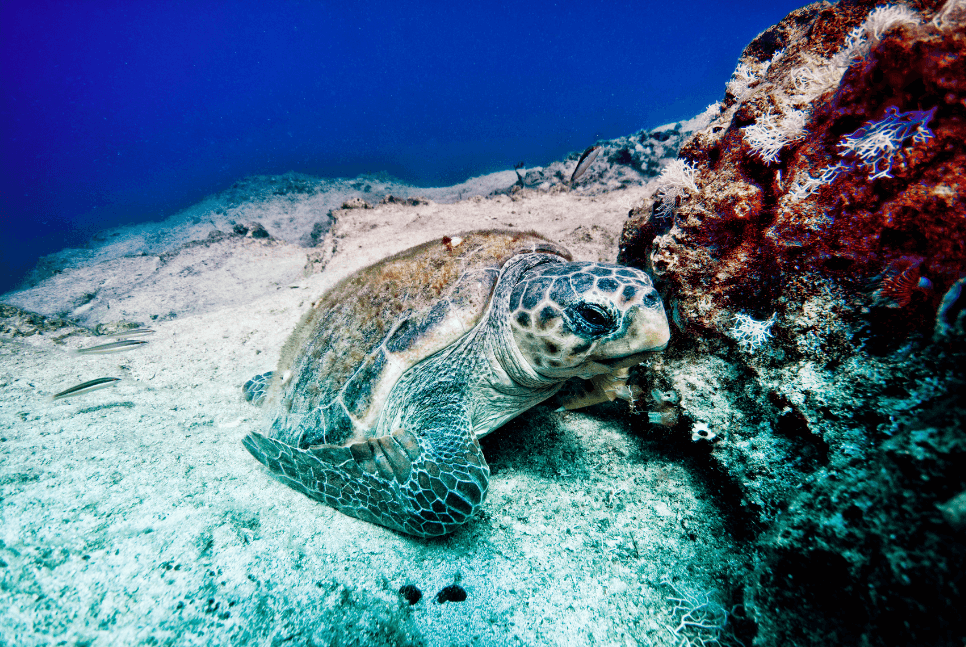
Sea Turtle Island
In 2020, Sicily has been nominated by WWF“the Island of Sea Turtles.”. In fact, last year, the eastern beaches of Trinacria hosted as many as 65 nests of Caretta Caretta turtles, including 9 on theIsle of Currents Syracuse. Such an event, in addition to arousing wonder, requires much responsibilities for the purpose of protecting this vulnerable marine species.
In Sicily, the first turtle nest of 2021
The island, despite thehuge influx of tourists which could jeopardize the nesting of Caretta Caretta, again in this 2021 did not disappoint expectations. The first Italian nursery in 2021 was found on May 25 at the very Gallina beach in the municipality of Avola. Finding the eggs was Oleana Prato, WWF volunteer and operator
Life Euroturtles.
This special news comes at a very important time. The city of Avola is getting ready to be elected, after
Noto, the second “Turtle Friendly Municipality“. An award, exhibited by WWF, intended to reward the meticulous protection of the area’s beaches, made optimal destinations for the “mothers” of this specimen.
From May until the first of August in Italy there were as many as 179 nestings, of which 43 only in Sicily. An important figure that set a record compared to the same period last year. La Sampieri beach a Scicli, the Lido of Noto, the Eloro Pizzuto beach, l’Island of Currents, the Pelagie Islands with Lampedusa and its Rabbit Island are the most popular spots for Sicilian turtles.
Curiosities about Caretta Caretta turtles
La Caretta caretta, at 110 centimeters in maximum length, is one of the smallest and most widespread species in the Mediterranean Sea. It feeds mainly on planktonic animals, benthic organisms, jellyfish, mollusks o fish needlefish and seahorses.
The period of reproduction fluctuates between May e August. A turtle may lay every 2 to 3 years and about 4 times per season. In addition to the eastern Sicilian coast, Their most popular nesting destinations are the Upper Adriatic, Tunisian, Libyan, Spanish, Greek and Turkish coasts.
The ritual generally takes place at night. The female digs in the sand, about 10 to 15 meters away from the shoreline and lays a hundred eggs, covering the nest before returning to the sea. The heat of the sand promotes their incubation ranging from 45 e 70 days.
Once the eggs hatched, emergence from the nest may be immediate or last several nights. The small newly hatched will head for the shore, juggling attacks from dangerous beach predators, such as gulls, foxes and stray dogs.
Once they reach the sea they will swim continuously for 24 hours, moving away from the coast and reaching nutrient-rich areas.
What risks does the loggerhead turtle face?
The loggerhead turtle Caretta Caretta is a very vulnerable animal that is often directly affected by global warming, bypollution and by fishing unsustainable.
The sex of each is determined based on the temperatures recorded during incubation. If the nest exceeds 29 degrees Celsius, the newly born creatures will all be females, contrarily they will be males. The rise of the mercury column in the summer period above normal causes nothing but a gender imbalance, classifying the species as endangered, thus protected by international regulations.
But causing major problems for turtles is the amount of waste present in the seas. Le plastic bags are often mistaken for jellyfish, causing suffocation and at worst death.
Environmental protection associations often deal with serious clinical cases, finding inside the stomachs of poor turtles varied amounts of waste or microplastics.
It constitutes a virtuous example in this area the Plastic Free Odv Onlus. Established in 2019 with the aim of informing and raising awareness of the dangers and harms associated with plastic, especially single-use, also engages with actions in the field. For example, by organizing clean ups, precisely rescuing turtles, or with projects in schools in cooperation with municipalities (from Plastic Free Walk to Plastic Free Diving).
But returning to the difficulties faced by these animals, they nest predominantly during the summer period, a time when the beaches are crowded By numerous bathers. So, often frightened, they end up laying their eggs near the shore, with drastic consequences due to tides or waves. But not only that, because of the Too much artificial light at night, newborn pups, following the first “horizon” light they see, end up heading toward the ground and dying of dehydration.
How to safeguard these defenseless animals?
This is precisely why the WWF with the project Life Euroturtles pledges to protect and secure all Caretta Caretta nests. Their work consists of protect eggs by means of special fencing and move them if they are laid in an area prone to risk. The association continues its work of monitoring until hatching, helping the newly hatched ones to overcome the difficulties on the beach.
Therefore, with preservation of the species we mean 5 main fundamentals:
- Protect nests throughout the incubation period.
- Census and monitoring turtles throughout their life course, using special microchips.
- Making beaches suitable for nesting.
- Raising public awareness and promote environmentally sustainable fishing.
- Retrieve and treat injured specimens, rescuing them immediately if they have hooks or waste in the pharyngeal oral cavity.
To implement these simple steps, it is necessary to have care in your environment and recognize how much these animals are a fundamental component of our sea. We of Magna Sicilia, promoters of slow tourism, we come very close to this topic, raising awareness among vacationers toward a rigorous sustainable tourism, which protects our territory.
Luca Russo





